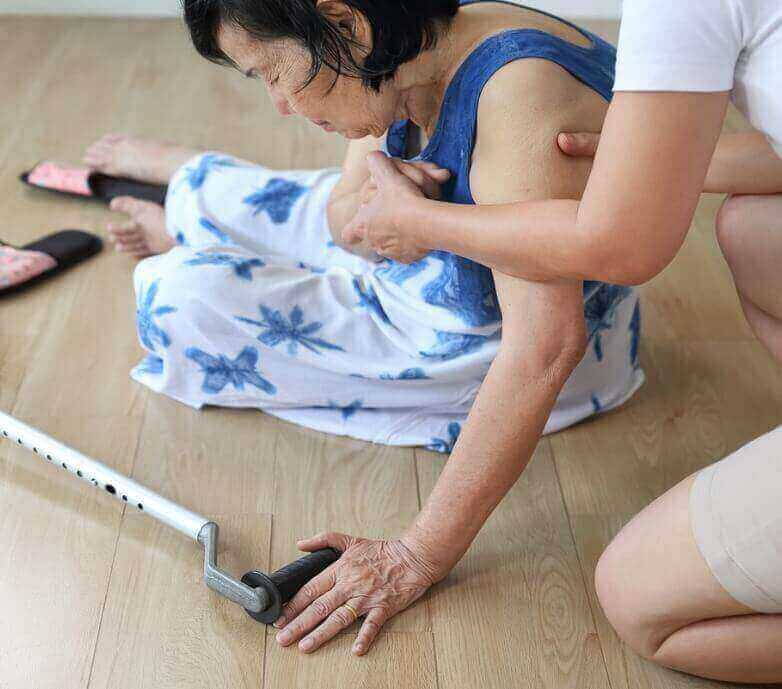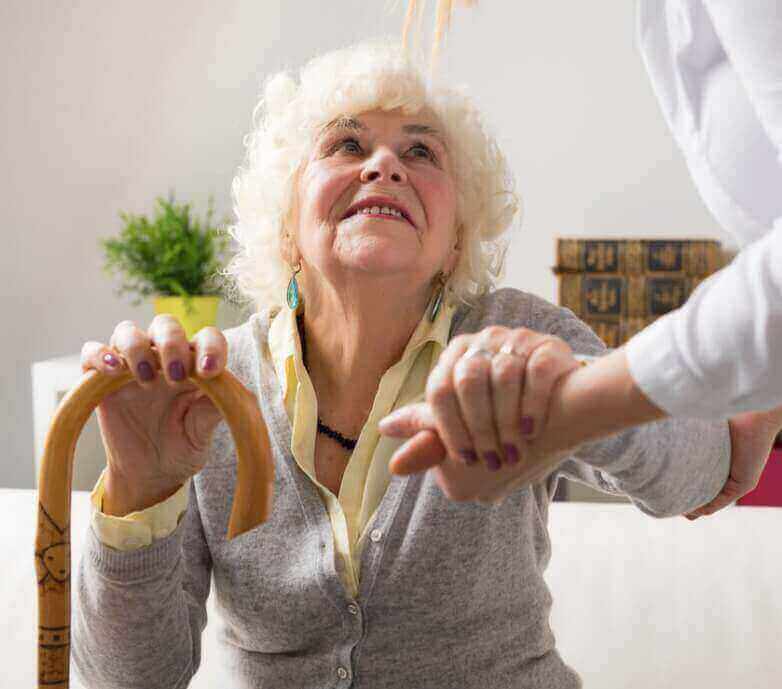When daily tasks become a challenge
Tasks that used to be done with ease or not even consciously noticed can seem very difficult to nearly impossible after a stroke. Even with the help of a loved one, it can be frustrating to have to rely on someone for assistance. Whether your home is a house, apartment, retirement home, or assisted living facility, it is normal to desire some independence in your day-to-day life.
Although stroke affects each survivor differently, there are several things you can practice daily to make tasks easier on yourself and your loved ones. If your disability is moderate to severe, you may benefit from home visits from an occupational therapist.
Occupational therapists can offer valuable support
Occupational therapists are trained professionals in helping disabled people regain skills after an incident. They will be able to reteach you simple tasks that you have lost, such as walking, picking up silverware, carrying things, whatever it may be. In addition, they can recommend certain changes around your living space to make it easier for you to complete certain tasks.
About 40% of stroke survivors suffer serious falls within the first year after stroke. Therefore, it is incredibly important that you have a strong and informed support system, along with a safely oriented home environment.
Essential tips for coping with the new situation


Consider stair glides, lifts, or handrails to help you go up the stairs if that is something you do often throughout the day. Some of these changes may be covered by your health insurance provider, so make a list and talk to an agent.

Move your items around to make them easier to access – especially things you use very often. This can involve lowering closet rods/shelves and replacing dresser handles that are easier to use.
Place a nightlight in the home to make it easier to access the bathroom at night. Consider using disposable pads under or over your sheets, if you experience incontinence.



If toileting is difficult, consider installing a toilet chair, grab bars, and/or a raised toilet seat (to avoid bending down). Keep disposable underpants in case of incontinence emergencies and keep several pairs of clean clothing in the bathroom for the unexpected.

Opt for clothes that fasten in the front, such as front-fastening shirts/blouses, bras, sweaters, and coats. If buttons and zippers are difficult to use, replace them with velcro fasteners. Check out adaptable clothing that is specifically made for disabled individuals.

Tips For Cleaning Up:
If you are unable to clean up after yourself, let your support system help you or hire a maid service once a week or biweekly. If you are limited in your abilities but are able to do some cleaning, the key is to work on small areas at a time and to take frequent breaks. Choose one multipurpose cleaning solution or use disposable wipes/mopheads. Cleaning supplies that need to be cleaned and reused can be difficult to manage. Use a small, lightweight container for your cleaning supplies or even a wheeled cart to help you move them around the home.
Tips For Doing Laundry:
If your laundry machines are in an area that is hard to reach, ask someone to move them into a more accessible area. If you need to bend down to reach your washer/dryer, you can have someone place the machines on a sturdy table so they are at arm’s reach.
Make sure your detergents are easy-to-reach and labeled. Place a cart next to the machines at the right height for you to fold clothes and wheel them to your closet. Ironing boards that fold down from the wall are useful as well.
Small changes in the spatial environment can already make a contribution to making life at home more bearable. And last but not least, they can also increase your independence and quality of life. Talk to your support system about implementing some of these changes in your home!



